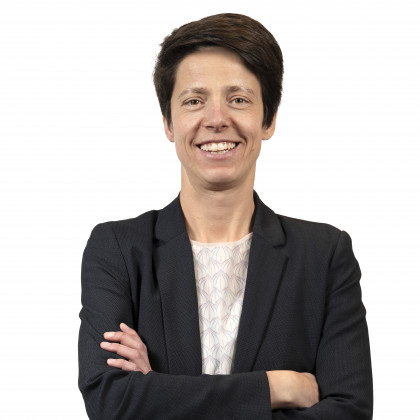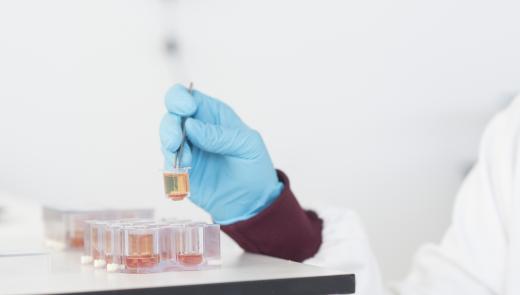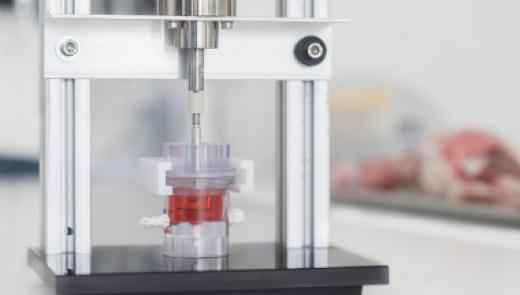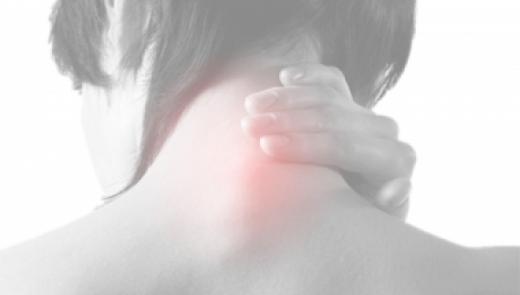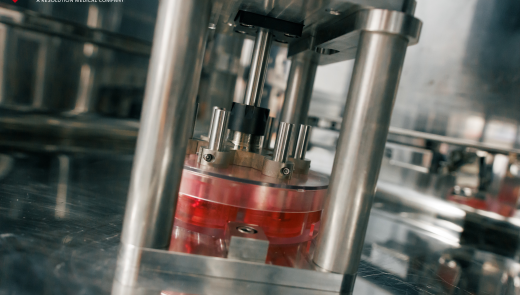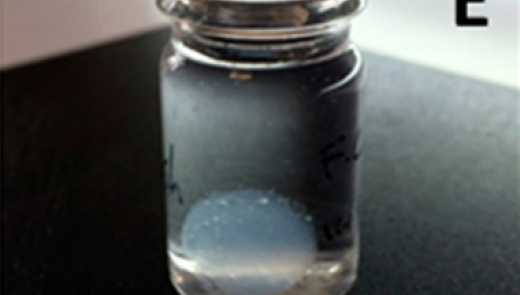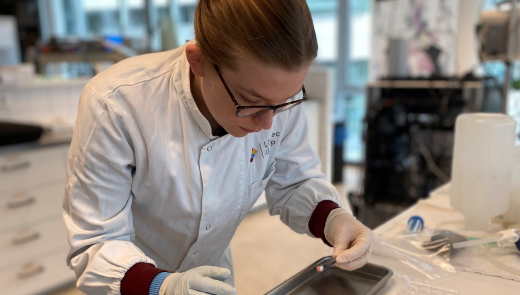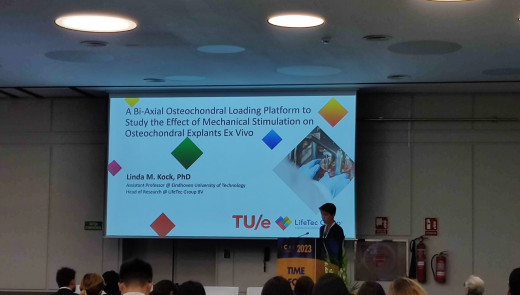The Quest
Nowadays there are many people with cartilage and bone defects or diseases. Consequently various treatment options are being developed in industrial and academic settings. In the phase of pre-clinical testing only cell-based approaches and animal trials were available to assess performance of potential therapies. The information obtained from cell-based studies is limited as the setting is very simplified, e.g. lack mechanical conditioning, and does not represent the 3D in vivo environment. On the other hand, animal trials are costly, elaborate, and require a lot of animals.
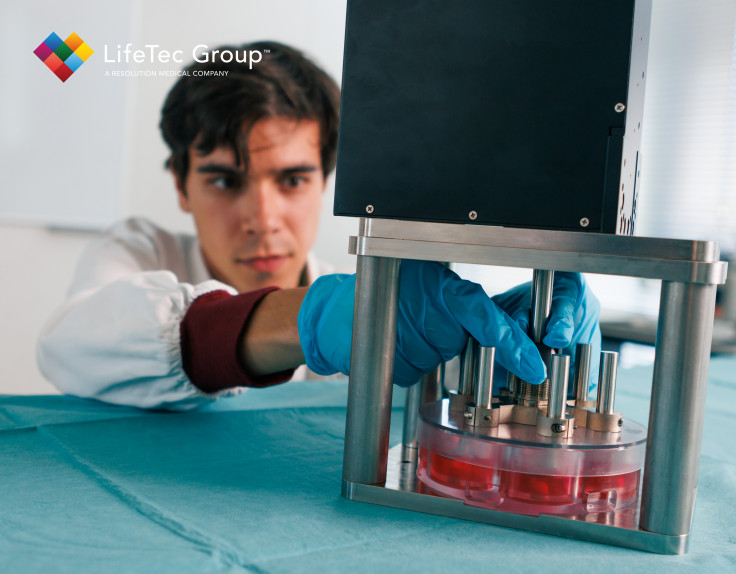
The OsteoChondral Platform
LifeTec Group recognized this hiatus in the preclinical research field and that is why the company developed a ex vivo osteochondral platform that is representative for the in vivo situation. The throughput platform consists of viable and functional osteochondral biopsies, which can be (mechanically) conditioned and monitored in a controlled manner, allowing for cost-efficient long-term assessment of regenerative cartilage and bone therapies.
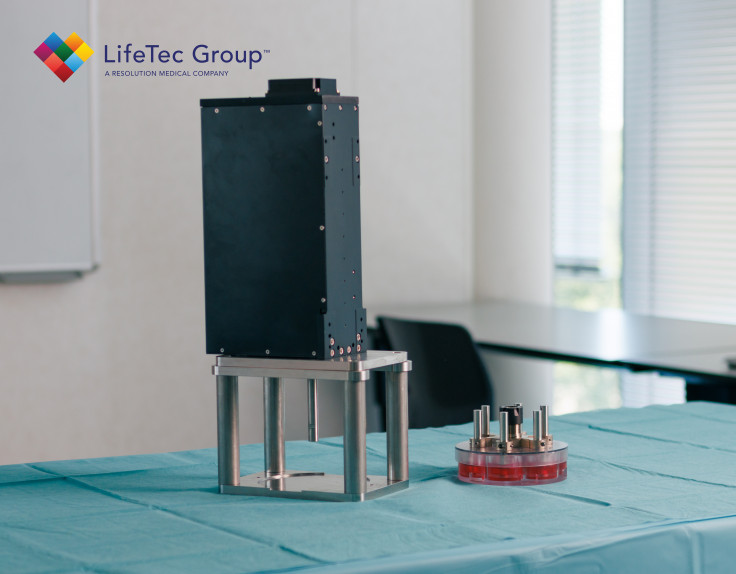
With the osteochondral platform LifeTec Group is able to assess the effect of newly developed biomaterials, pharmaceuticals, implant devices or combinations thereof on cartilage and bone response and repair. The model is typically used instead of animal studies as a screening tool for testing arrays of different material compositions, implant coatings and drug dose-response studies. Based on these studies, the most promising candidates are selected for the next steps in the pre-clinical phase. This way, our clients can significantly reduce the number of animals needed and save time, effort and money.
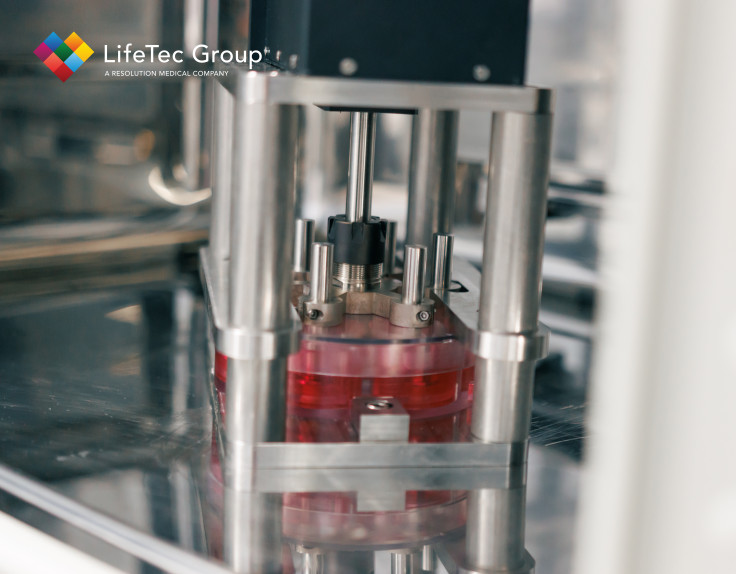
Constantly developing
The OsteoChondral Platform is constantly developing. Our first version included dynamic axial compression of a single bone construct with cartilage covering. For extended testing with more samples, a 6 chamber version has been developed as can be seen in the images above. Currently we're also incorporating shear loading in combination with axial loading so that the cartilage layer can be exerted to mechanical stimulation as in the knee during walking.
See the bi-axial loading module in testing
Download the Factsheet
Interested in more information about the OsteoChondral Platform? Download our Factsheet!
